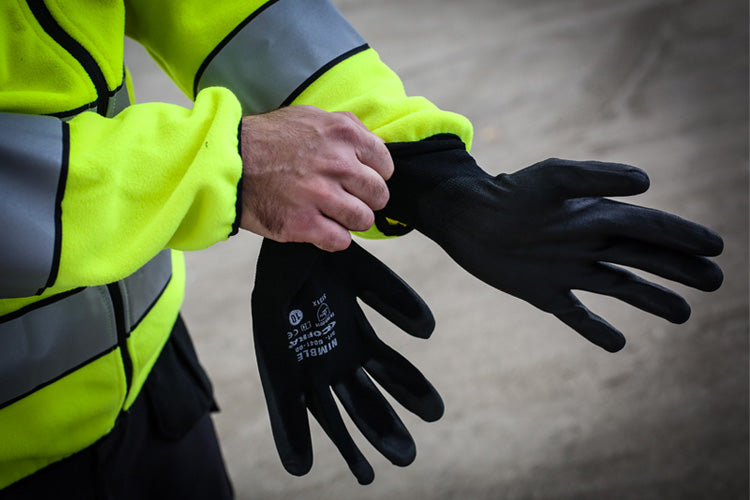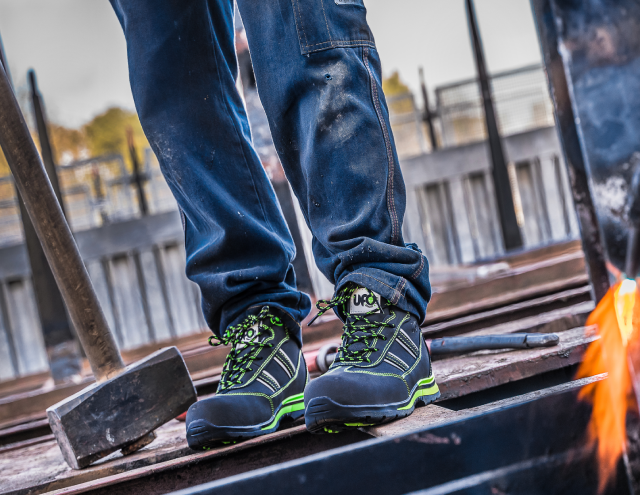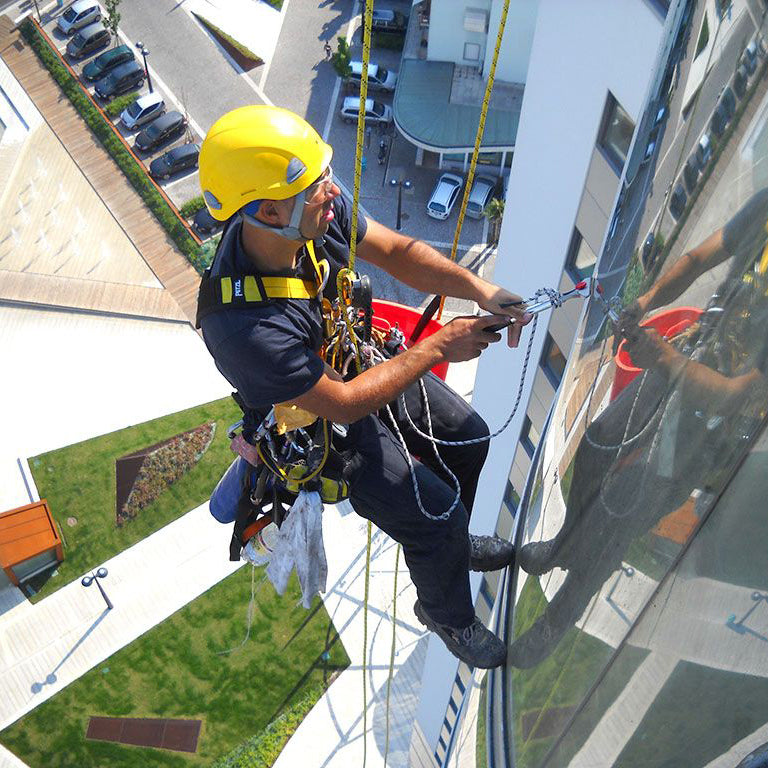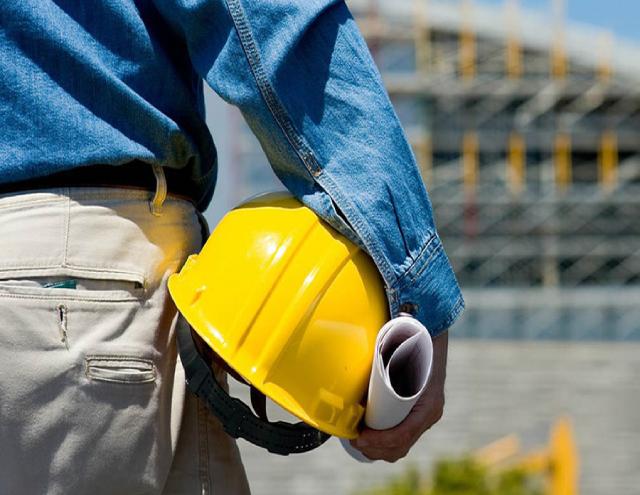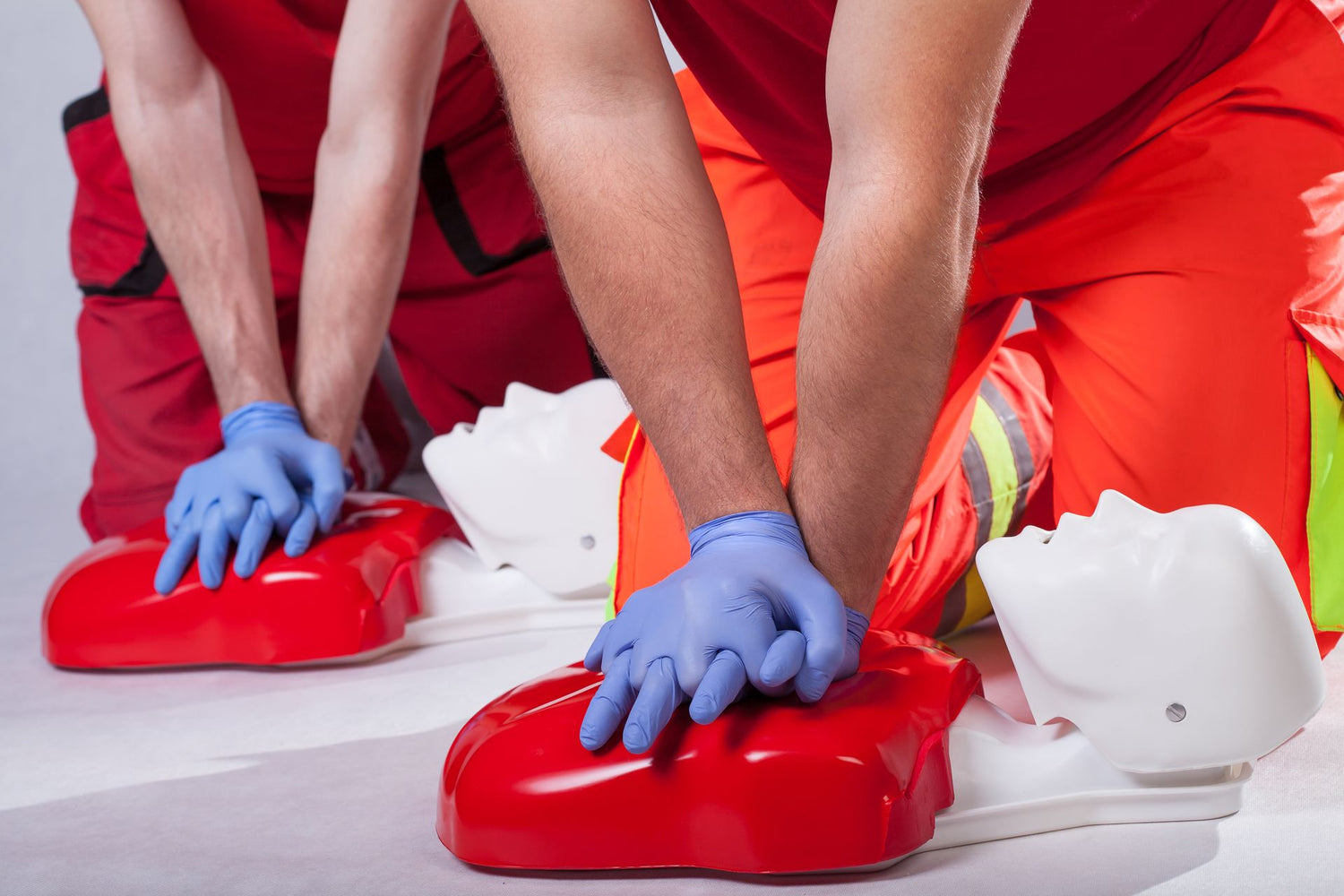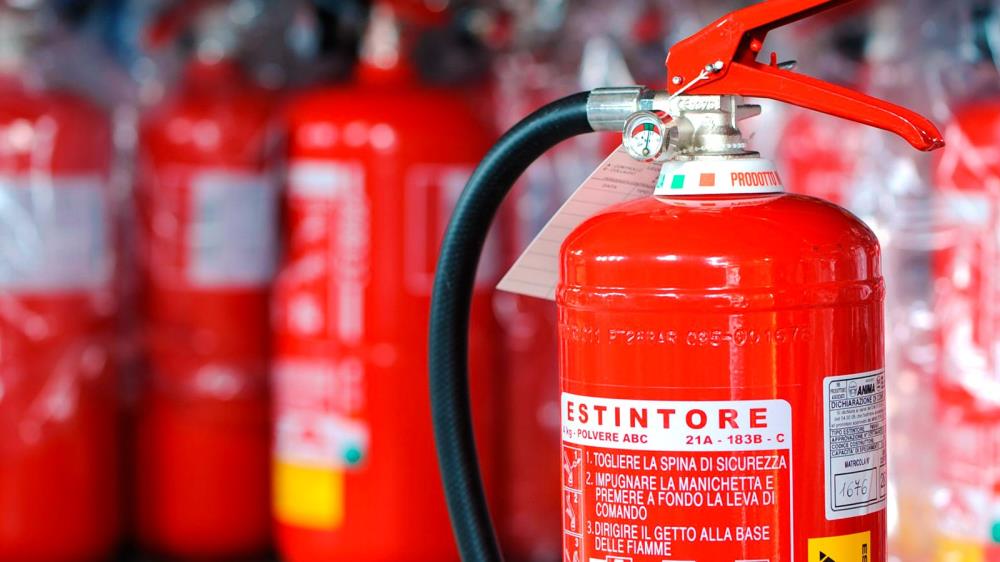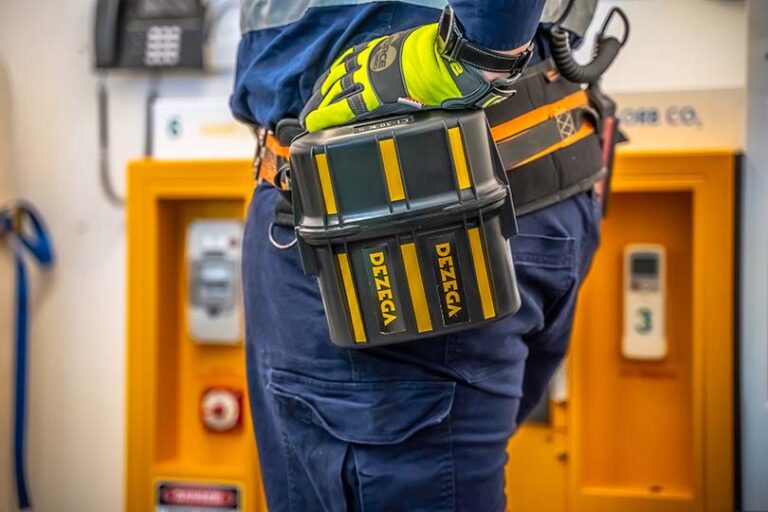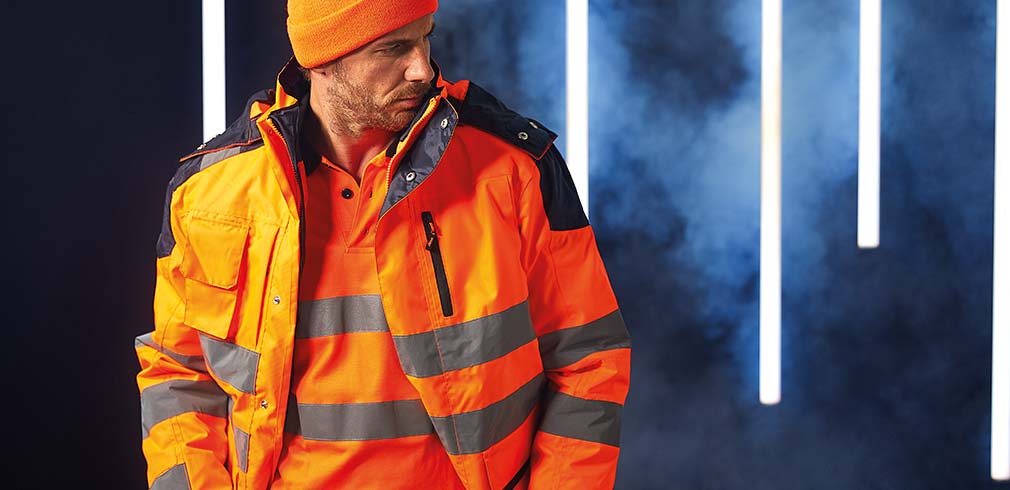A respirator is a reliable means of protecting the respiratory organs from aerosols, viruses and bacteria. We tell you what is the secret of its effectiveness and the rules of its use.
When choosing a respiratory protective device , not everyone still fully understands which is better to prefer: a simple medical mask, a hygienic-sanitary fabric mask or a respirator. Of course, it all depends on the situation, but if we are talking about reliable protection against viruses, we recommend choosing a respirator - in this article we will explain why, and also tell you how to use it correctly.
FILTRATION RELIABILITY
It's all about the principle of the respirator - electrostatic filtration. It is performed by the entire filtering part of the respirator, which is made of fine-fiber polymer filter material with a stable electret effect. Electrets are electrical analogues of permanent magnets, dielectrics that retain a charge for a long time after the removal of the external influence that led to the charge and are able to attract particles with an opposite charge.Electret fine fiber filter materials for respirators are obtained by aerodynamic spraying of molten polypropylene. The fibers formed as a result of spraying are still at the stage of hot melt, carried away by a stream of compressed air at a pressure of 1.5-3 atm, are subjected to electrification in a corona discharge with a force of 5-12 kV/ cm. This gives the material formed from the fibers a stable electret charge, due to which positively and negatively charged particles from the air are attracted to it, like a stick of ebonite.
Particles from the air are not only attracted to, but actually "stick" to the filter material of the respirator and not just stop mechanically, as happens when using medical and hygiene masks.
Depending on what and to what extent the air is polluted, the respirator can be equipped with additional layers of protection - from a certain type of aerosol, organic solvents, etc.
DIFFERENT LEVELS OF PROTECTION
The purpose of a respirator is to protect against two groups of contaminants: aerosols and gases (vapours).
Aerosols are solid or liquid particles of a substance small enough to float freely in the air. These are microparticles, dust, smoke and droplets (mists) of a substance. As a rule, aerosols can be seen and do not have a specific smell.
Gases and vapors are substances that, under normal conditions, consist of separate molecules and atoms that are not interconnected. Gases and vapors are often invisible and usually have a specific smell.
The respirators are available in three levels of protection: FFP1, FFP2 and FFP3.
FFP1 - protects only against coarse solid aerosols (coarse dust), not suitable for protection against carcinogenic and radioactive substances, microorganisms (viruses, bacteria, fungi and their spores), as well as enzymes. Respirators with this indicator have low filtration efficiency and transmit up to 20% of harmful aerosols. In fact, these are analogues of medical and sanitation fabric masks, with the only difference being that respirators are more effective, as they fit snugly on the face.
FFP2 - These respirators filter up to 94% of contaminants. They are not only used for protection against radioactive substances and enzymes, but also in other cases.
FFP3 - respirators are highly efficient, purify the inhaled air of 99% of impurities and have no usage restrictions.
Consequently, for protection against viruses, choose respirators with degrees of protection FFP2 and FFP3.
HOW LONG CAN A RESPIRATOR BE USED?
All respirators are disposable. But the period of their use is limited by the recommendations "Until breathing difficulties" or "Until wetting". Depending on the degree of air pollution and conditions of use, valveless respirators work effectively, according to some reports, up to 3-4 hours, and respirators with an exhalation valve - up to 8 hours.The medical mask should be changed every 2 hours or more often (if it gets wet from coughing or sneezing). The same recommendations apply to sanitary fabric masks.
WHICH RESPIRATOR TO CHOOSE, WITH OR WITHOUT VALVE?
Those who have experience using a respirator often complain that it is difficult to breathe through it, but when choosing this remedy, not everyone pays attention to the presence or absence of an exhalation valve.If you wear a respirator without an exhalation valve, you may experience discomfort due to the difficulty of removing heat and moisture from the mask space. The exhaled air has a temperature of about 36°C and a humidity of 100%. This is what creates the feeling of shortness of breath - everyone knows how hard it is to breathe in hot and humid weather. Therefore, for greater comfort, we recommend choosing a respirator with an exhalation valve.
RESPIRATORS WITH EXHAUST VALVE
The exhalation valve is a device built into the respirator and designed to remove excess exhaled air that accumulates in the mask space.Respirators with an exhalation valve last longer as excess moisture is removed along with the air, which reduces the efficiency of the filter. The valve makes breathing easier, helps remove heated air from the mask space, and reduces the concentration of carbon dioxide under the respirator.
In modern RPE, exhalation valves of various shapes and designs are used. The classic valve consists of a base, a diaphragm and a lid, can be of different shapes (round, square, rectangular) and fixed in different parts of the respirator (in the center or in one of the parts).
The presence of the valve becomes of paramount importance when working in difficult conditions - in the heat or at sub-zero temperatures: by removing exhaled air and moisture, the valve significantly increases the level of comfort when operating this PPE
The valves are constantly being improved to make breathing as easy as possible while working.
ADVANTAGES OF THE VALVE
- Provides a low level of carbon dioxide, moisture and heat buildup in the mask space.
- Create minimal breathing resistance.
- Large exhalation valve area.
- The membrane is resistant to humidity, works well in very low temperature conditions (down to -40 °C). The location of the holes in the valve cover allows for more effective removal of exhaled air from the submask space.
RESPIRATORS WITHOUT EXHAUST VALVE
Choose a valveless respirator if you are ill. The air you breathe out through the exhalation valve can infect other people.
HOW TO WEAR A RESPIRATOR CORRECTLY?
Many are faced with the fact that they do not know how to put on a respirator correctly. An improperly worn respirator becomes ineffective and its use does not provide protection against aerosols, vapors, dust, which may contain not only harmful substances, but also bacteria and viruses.The fit of the respirator is very important. The filtering half mask is most effective when its edges fit perfectly to the face. If the fit is poor, the level of protection is reduced and contaminated air can enter the gap formed along the obturation line.
Do not use a respirator if you wear a beard - this violates the tightness of its fit to the face.
Here is a step-by-step guide on how to put on a respirator correctly.
- Remove the respirator from the packaging and place it in the palm of your hand.
- Place the respirator on the chin so that the bottom of the respirator is under the chin.
- With the other hand, pull the bottom strap and loop it over your head and around your neck. It must not be twisted.
- The top strap should be pulled up and worn over the head on the back of the head so that the strap is over the ears. It must not be twisted.
- Tighten/loosen the head straps, obtaining a perfect fit of the half mask to the face along the obturation line.
- Use both hands to press the aluminum clip against the nose to ensure a snug fit.
Due to the principle of operation, the respirator is able to more effectively protect the respiratory organs from aerosols and dust, which may contain pathogenic viruses and bacteria.
Thanks to the design that fits tightly to the face along the obturation line, the respirator will protect against the penetration of viruses and bacteria into the space under the mask, and therefore into the respiratory organs.
Models with a special mesh on the outside will protect the filter layer of the respirator from hand contamination and, thus, extend its service life.
The elastic bands of the respirator are always adjustable to ensure comfort and safety: sufficient tension contributes to a snug fit and the absence of excessive pressure on the face, the possibility of changing the position of the fixing elastic bands on the head will avoid unpleasant pressure behind the ears .
Knowing now the principle of operation of a respirator and design features, it will not be more difficult to decide what exactly to choose for reliable protection.


